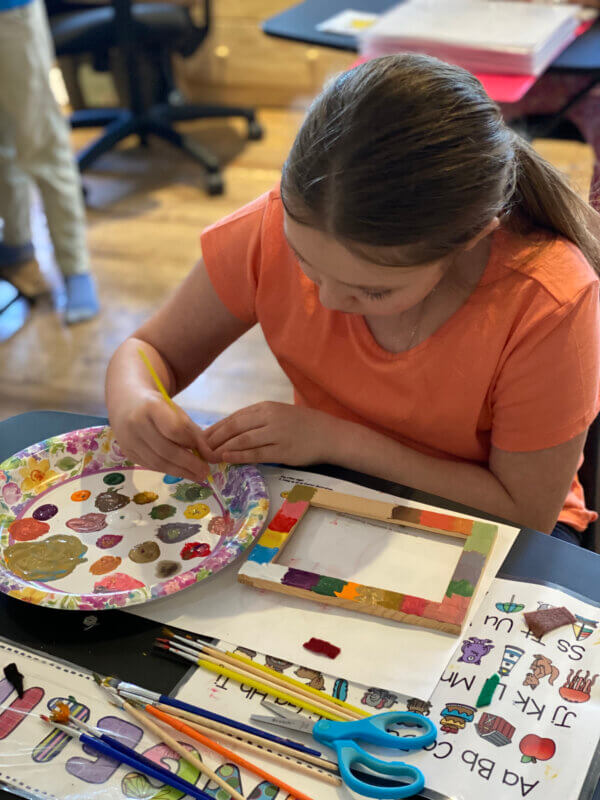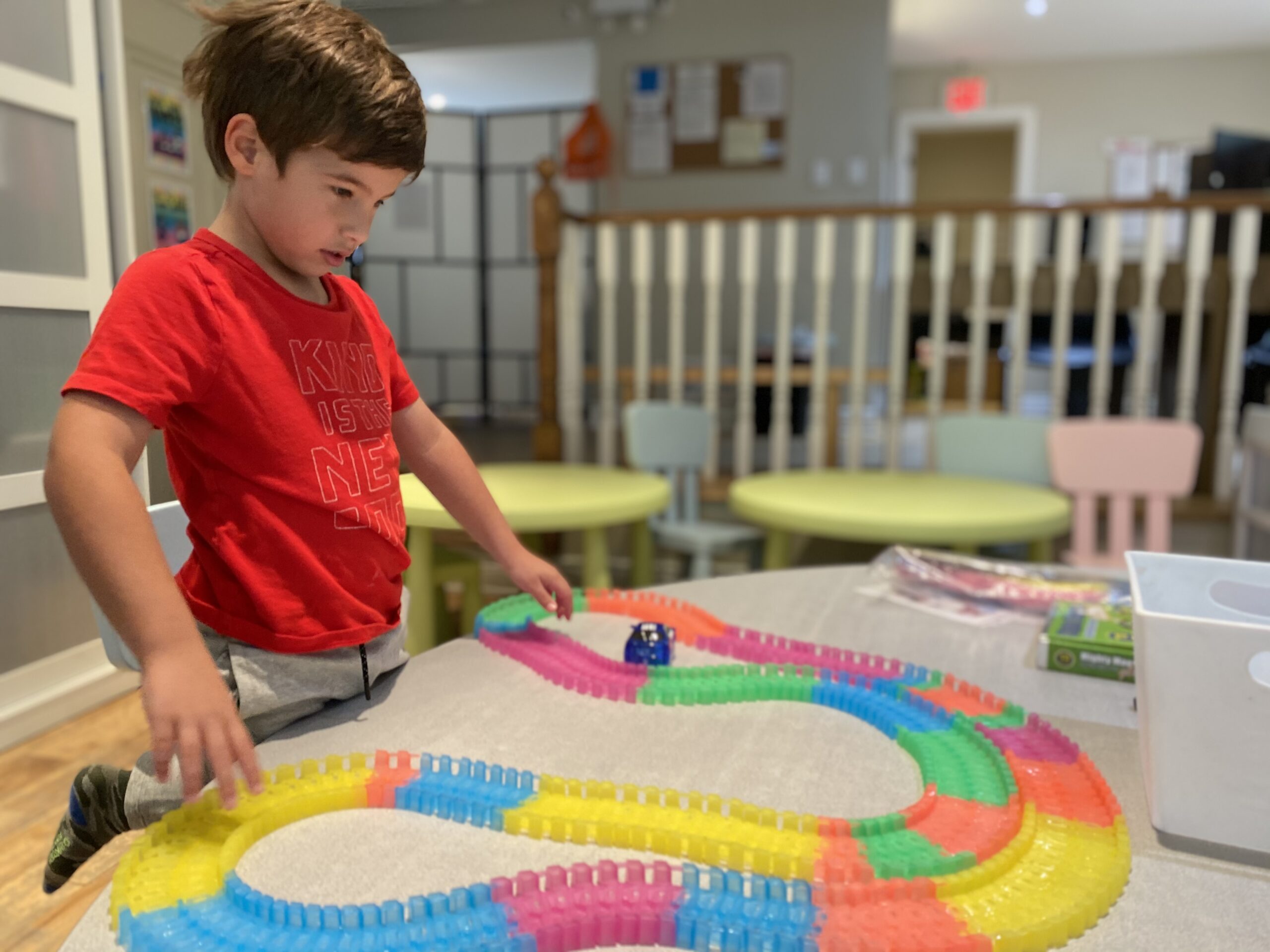All services and programs at The Lighthouse Learning and Development Centre are evidenced based practices. The two types of programming available at The Lighthouse include 1:1 Intervention and the Elementary School Program. These programs are include services such as planning and goal-setting, assessments, team meetings, 1:1 or group intervention, family/caregiver training, consultation services, and consultation with other professionals.
ABA Therapy
ABA vs. IBI
What is ABA Therapy?
- ABA therapy stands for Applied Behaviour Analysis.
- An approach to teaching skills based on the principles of learning and behaviour to improve positive behaviour and decrease undesirable behaviour in a variety of settings
- Can be used at home, school and in the community
- Can be incorporated into regular school routines
- Can be implemented by classroom teachers and support staff or instructor therapists
- Provides a framework for on-going skill development
What is IBI Therapy?
- IBI stands for Intensive Behaviour Intervention
- Specific intensive format
- Usually delivered at home or in a private space
- Primarily provided in a 1:1 or a small group setting for a specified number of hours (up to 40) per week (intensity)
- Teaching of skills in rapid succession and in large quantities (mass trialing)
- Delivered by a trained behaviour therapist, supervised by a Psychologist
- Includes “learning to learn” behaviours: imitation, co-operation and attention
- Designed to prepare students for school
Natural Environment Teaching
Natural Environment Teaching (NET) refers to learning in the environment that each individual interacts in. Creating a learning environment that is typical for each student during the school day is critical in transitioning the skills they are learning from a 1:1 setting, to a group, to the home and finally the community. Teaching skills that can be applied in a variety of settings and used functionally throughout life is crucial to the success of each student. NET is something we all live by each and every day and find the most effective for our students. We are constantly shaping behaviours throughout the day to become functional for each student and their routine. This style of teaching promotes and allows for successful generalizations across multiple environments and plays a key part in daily programming at The Lighthouse.
Unlike the IBI method of teaching, the NET model creates natural occurrences for each student and teaches them how to deal with each unique situation. Some challenges that come from a structured environment, such as IBI, is that things are only taught to students in a repetitive and unnatural fashion, which is not always typical of every day life. Students shouldn’t just know the answer to a question because they’ve heard it multiple times or because they’ve memorized the answer. Instead, NET allows students to learn skills and generalize appropriate responses to multiple environments and situations. For example, if we present a question in a functional way, such as asking what sound a dog makes while looking at a picture of a dog or seeing a dog while on a walk, it is not only teaching students the correct response but when it is appropriate to use that response.
Structured environments, such as IBI, typically do not generalize skills across multiple environments and situations, making it difficult to see if a student has truly mastered a skill. Without proper generalization procedures, skills often do not transfer environments and therefor may not be retained or truly “learnt” by the student. For example, if a student successfully and independently says the alphabet in a room with one teacher, has he truly mastered this skill? Until he shows that he can say the alphabet in front of multiple people and environments, this skill is not mastered. Just because a student can be successful in a private room with one therapist does not guarantee that they can be successful in a class with their peers and a teacher, or at home with their family.
At the Lighthouse, we accommodate and individualize each student’s programming to set them up for success in skill acquisition and mastery. Programs are based on current skill levels and incorporate multiple instructors, settings and steps to ensure complete mastery of all skills. When teaching a new skill to a student, we make sure to create programs that can be taught 1:1 and easily be integrated into a group setting. This ensures each child is really learning the skills as well as preparing them for group instruction. Not only does the NET method teach students to transfer the skills they are being taught in school to other environments, but also teaches them how to use those skills when around other people. Natural Environment Teaching creates a natural space for students to learn in and challenges them to respond to different situations every day.



